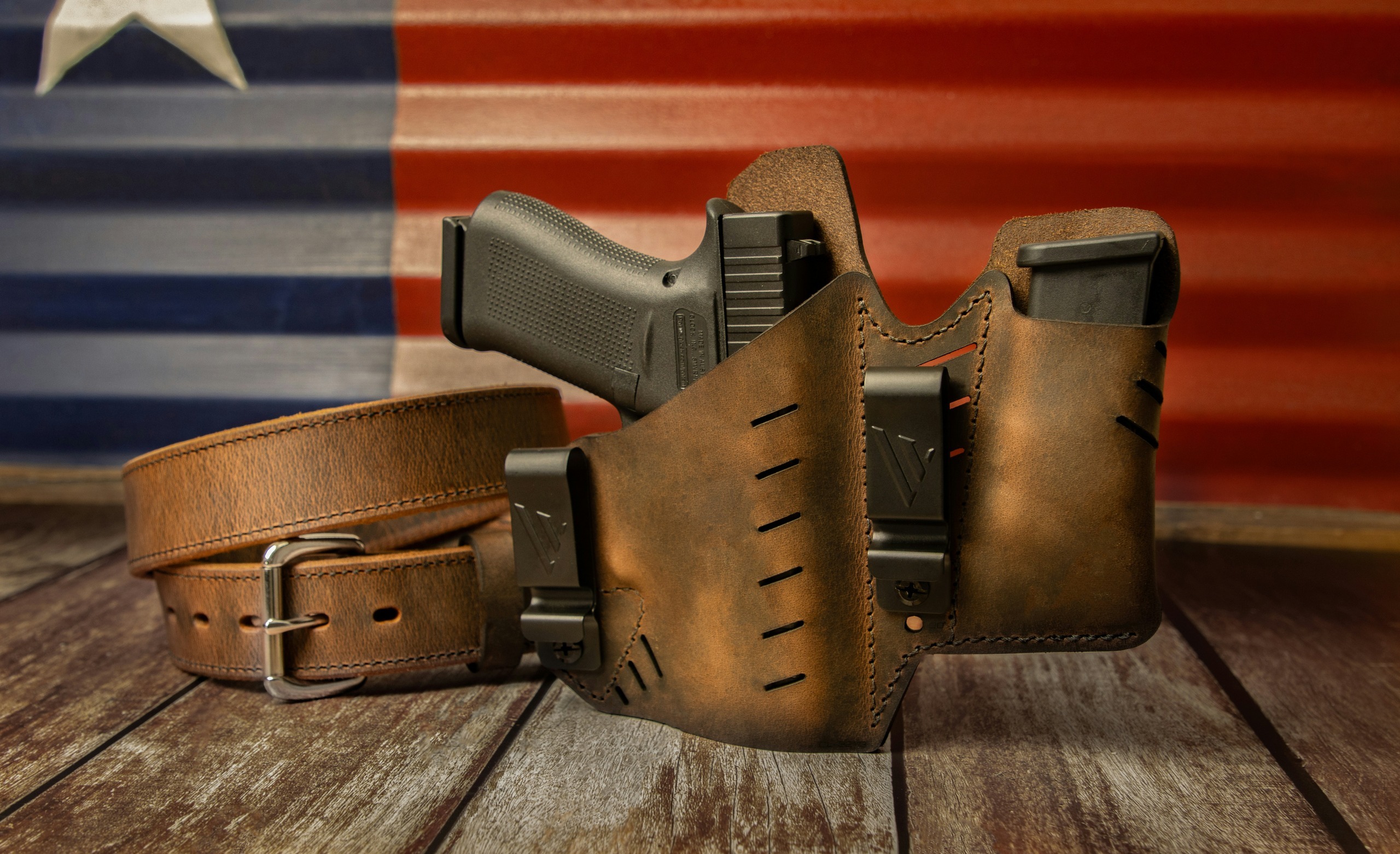
Learning Self Defense For Survival
Learning self defense for survival goes beyond physical techniques; it’s about building confidence and awareness in potentially threatening situations. In a world that can sometimes feel unpredictable, the ability to protect oneself is not just a skill but an essential part of personal safety.
Whether you’re walking home late at night or navigating crowded spaces, understanding how to defend yourself can empower you and provide peace of mind. It’s time to explore why these skills matter and how they can make a significant difference in your life. Ready to take charge?
Let’s dive into the realm of self defense!
The Importance of Learning Self Defense for Survival
Understanding self-defense is essential in today’s unpredictable world. It equips individuals with the skills to protect themselves in potentially dangerous situations. Learning these techniques can significantly boost your confidence.
When you know how to defend yourself, it translates into a sense of empowerment that affects all areas of life. Moreover, self-defense training sharpens your awareness. You start recognizing threats and avoiding risky environments before they escalate. It’s not solely about physical confrontation; mental resilience plays a key role too.
This mindset prepares you for unexpected scenarios, helping you react calmly and effectively under pressure. Mastering self-defense increases personal safety and fosters a proactive approach to everyday challenges. Everyone deserves the ability to feel secure wherever they go.
Types of Self Defense Techniques
Self-defense techniques can be broadly categorized into several types, each designed to suit different situations and personal preferences. Martial arts like Brazilian Jiu-Jitsu focus on grappling and ground fighting. These techniques are effective for controlling an opponent without relying heavily on strength.
Striking arts such as boxing or Muay Thai emphasize punches, kicks, and elbows. They enable individuals to create distance from an attacker effectively. Then there are self-defense systems like Krav Maga that prioritize real-world scenarios. This technique teaches practical moves against armed attackers or multiple assailants.
For those preferring non-violent approaches, de-escalation tactics are essential. Learning how to communicate assertively can often defuse a potential conflict before it escalates. Each method has its own strengths and weaknesses, catering to various needs in self-defense training. The key is finding the right fit for your lifestyle and comfort level.
Basic Self Defense Moves and How to Execute Them
Basic self-defense moves are essential for anyone looking to protect themselves. These techniques can be simple yet effective in a threatening situation. Start with the stance. Keep your feet shoulder-width apart, knees slightly bent, and hands up by your chin. This position allows you to react quickly.
A powerful strike is the palm heel strike. Raise your hand and drive the base of your palm into an attacker’s nose or chin. Aim for sensitivity areas to maximize impact. Another key move is the knee strike. If someone approaches too closely, lift your knee sharply towards their groin area. It creates distance and buys you time to escape.
Don’t forget about escapes from grabs—if someone holds your wrist tightly, twist away while stepping back with one foot. This disrupts their grip while allowing room for maneuvering. These basic techniques require practice but can significantly enhance personal safety when executed correctly.
Mental Preparedness for Self Defense Situations
Mental preparedness is a critical component of self-defense. It’s not just about physical techniques; it’s also about how you react under pressure. Visualize potential scenarios where you might need to defend yourself. Imagine your responses and practice staying calm in these situations.
This mental rehearsal can make a significant difference when real-life encounters occur. Stay aware of your surroundings. Developing situational awareness allows you to anticipate threats before they escalate. Trusting your instincts is crucial; if something feels off, it probably is.
Emotional resilience plays a role too. A clear mind helps with decision-making during confrontations. Techniques like deep breathing or mindfulness can enhance focus and reduce panic. Remember, the goal isn’t always to engage physically but rather to assess and diffuse situations wisely whenever possible. Being mentally equipped empowers you for any challenge that arises unexpectedly.
Practicing Self Defense:
Practicing self-defense is crucial for building confidence and muscle memory. Remember, consistent practice leads to improvement. The more you work on these essential skills, the better prepared you’ll feel in any situation requiring self-defense.
– Classes
Classes provide a structured environment for learning self-defense techniques. They often cater to various skill levels, making them accessible whether you’re a beginner or have some experience.
Instructors typically emphasize practical applications of moves and strategies. This hands-on approach allows students to practice in real-time scenarios, enhancing muscle memory and confidence.
Many classes also foster a sense of community. You’ll meet others with similar goals, creating an encouraging atmosphere where everyone supports each other’s growth.
Additionally, regular attendance helps reinforce what you’ve learned. Consistency is key when mastering self-defense skills.
Look for classes that cover diverse techniques like Krav Maga or Brazilian Jiu-Jitsu. Each discipline offers unique advantages suited to different situations you might encounter in real life.
– Workshops
Workshops provide an immersive way to learn self-defense. They often focus on hands-on practice, allowing participants to engage directly with instructors and fellow learners.
These sessions typically cover various techniques tailored for different scenarios. You’ll have the chance to practice moves in a safe environment, boosting both your confidence and skill level.
Many workshops emphasize situational awareness alongside physical techniques. This holistic approach prepares you not just physically but mentally as well.
Attending workshops also fosters a sense of community. You can share experiences and tips with others who are equally committed to learning self-defense.
Look for local options that fit your schedule. Many organizations offer weekend or evening sessions, making it easier to find time amidst a busy lifestyle.
– Online Resources
The internet is a treasure trove of resources for learning self-defense. From video tutorials to comprehensive guides, you can find almost anything online.
YouTube hosts countless channels dedicated to teaching various self-defense techniques. These videos often break down moves into easy-to-follow steps, allowing you to practice at your own pace.
Additionally, many websites offer free or low-cost courses tailored for different skill levels. Some platforms even feature live classes that let you interact with instructors in real-time, creating an immersive experience.
Online forums and social media groups provide spaces for discussion and support among learners. You can share experiences and ask questions without hesitation.
Podcasts focusing on martial arts can also enhance your knowledge while on the go. They often cover topics like situational awareness and mental preparedness that are crucial for effective self-defense training.
Common Mistakes to Avoid in a Self Defense Situation
One common mistake is underestimating the situation. Many people think they can talk their way out of danger or that it won’t happen to them. Awareness is key; trust your instincts. Another error is failing to practice techniques regularly. Knowing a few moves isn’t enough if you don’t have muscle memory.
Routine drills build confidence and prepare you for real-life scenarios. Some individuals focus too much on physical strength instead of technique. Self-defense relies heavily on using leverage and timing rather than brute force, especially against larger opponents.
Additionally, neglecting to assess the environment can lead to poor decisions during an altercation. Always look for potential escape routes or items around you that could serve as a shield or distraction. Panicking in high-stress situations often leads to poor judgment calls. Staying calm helps maintain clarity and increases your chances of effectively responding to threats.
Recommended Tools and Equipment for Self Defense
When considering self-defense, having the right tools can significantly enhance your preparedness. Personal alarms are lightweight and easy to carry. They emit a loud sound, drawing attention to an emergency situation. Pepper spray is another popular choice.
It’s compact and effective for warding off potential attackers from a distance. Make sure you familiarize yourself with its usage laws in your area. Keychain self-defense tools like kubotans or tactical pens can be discreet yet powerful when needed. These items not only serve as everyday accessories but also provide peace of mind.
For those interested in more advanced options, personal tasers or stun guns offer a non-lethal way to incapacitate an assailant temporarily. Always check local regulations before purchasing these devices. Consider investing in quality training gear such as focus mitts or protective pads if you’re serious about practicing techniques at home or with friends.
When to Use Self Defense and When to Seek Help
Understanding when to use self-defense is crucial. It’s not always about physical confrontation. Sometimes, assessing the situation allows for a better response. If faced with an imminent threat or aggressive behavior, using self-defense techniques may be necessary.
Your safety comes first, and knowing how to react can make all the difference. However, if you sense danger but it hasn’t escalated yet, seeking help might be wiser. This could mean alerting authorities or finding a safe space where assistance is available. Trust your instincts. If you feel uncomfortable in any environment, don’t hesitate to call for backup—whether friends nearby or local law enforcement.
Self-defense should never escalate into unnecessary violence. The goal is protection and de-escalation whenever possible. Balance awareness of your surroundings with proactive measures that prioritize safety without resorting to aggression unless absolutely required.
Conclusion: Empower Yourself with Self Defense Skills
Mastering self-defense equips you with essential skills that go beyond fighting. It enhances your confidence, sharpens your instincts, and prepares you for unexpected situations. Learning self-defense is not merely about physical techniques; it also involves mental fortitude and strategic thinking.
When faced with potential threats, having the ability to defend yourself can be a game changer. The knowledge of basic moves empowers you to react swiftly and effectively. Understanding when to engage or retreat adds another layer of safety in dangerous scenarios. As you embark on this journey, remember that practice makes perfect.
Whether through classes, workshops, or online resources, consistent training will refine your abilities and boost your readiness. Avoid common mistakes by remaining calm under pressure and trusting in what you’ve learned. The right tools can enhance your self-defense strategy as well. Choose equipment that suits your comfort level while ensuring it’s effective when needed most.
Embrace the power of learning self defense for survival—it’s an investment in yourself that pays off every time you feel more secure walking down the street or exploring new environments alone. Start today; begin building a safer tomorrow.



